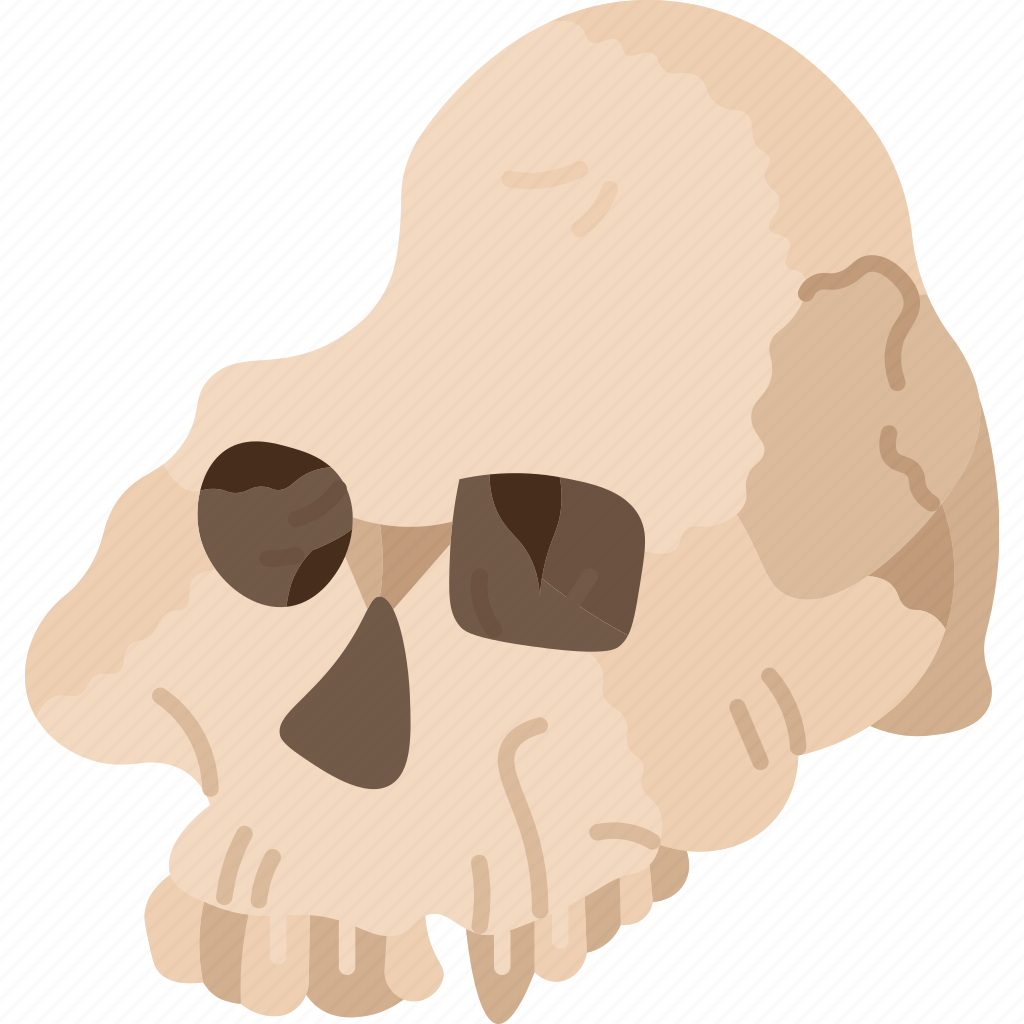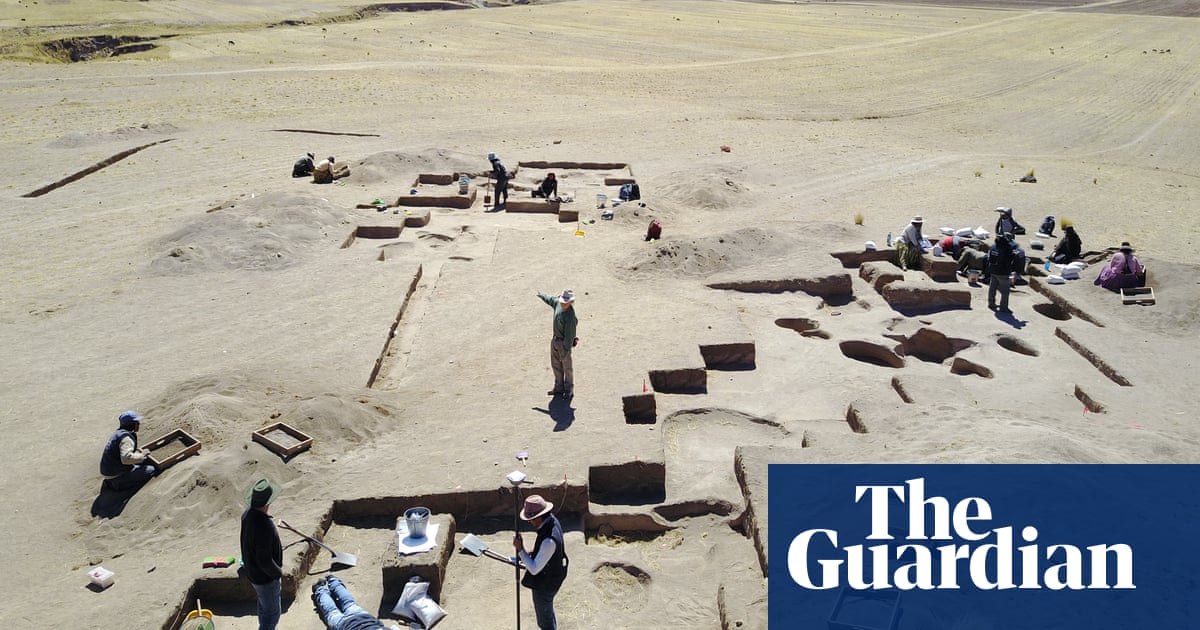Both the title and the text of this article are painting with far too broad of a brush.
The evidence, from the remains of 24 individuals from two burial sites in the Peruvian Andes dating to between 9,000 and 6,500 years ago, suggests that wild potatoes and other root vegetables may have been a dominant source of nutrition before the shift to an agricultural lifestyle.
This was one study done on the remains of 24 people from one place. It’s only towards the last paragraphs that the author points that out, and even then it’s both soft-pedaled and linked in with western male biases.
While we still have a lot to learn about the vast varieties of human civilizations from 10k years ago, and while there are always massive cultural biases that need to be criticized and overcome, this is an example of the worst of scientific journalism. They take what’s an interesting study in a very narrow niche field, and instead of communicating it as such or saying how the work could be expanded, they write about it as if the author has managed to flip archeology on its head.
Just for starters, there’s almost never a single paper that changes everything. Science is a process of incremental progress with plenty of false starts and which undergoes constant revision. There’s a reason why it takes decades for a Nobel prize to be awarded - and those researchers are the ones who define and revolutionize their fields. The first author on this paper is a PhD student. I have no reason to question the soundness of their work, but the enthusiasm of the Guardian author (and the student’s advisor) is in excess of the meaningfulness of the study in a way that is frankly gravely concerning.
Some societies were primarily hunters. Some were gatherers. Many never became agricultural societies. Many did. Rather than throwing out every anthropology textbook because of a single paper written by a student from the University of Wyoming based on an analysis of 24 remains from a specific region of the Andes, it would be better to say “Hmm, that’s interesting - I wonder if that applied more broadly to the region,” or even “I wonder how many other regions depended largely on wild tubers.”
For better and for worse, humans (and I mean that term to be inclusive of species other than H sapiens as well) populated almost every ecosystem across the planet. They hunted and gathered and planted and raised livestock. There are fascinating interactions between the modes of subsistence of a culture and cultural norms from family relations to trade and war. In many cases the ecosystems they lived in don’t resemble what we see in those regions today, from weather patterns to flora and fauna. There’s less than no reason to think that populations living in wildly different ecosystems would resemble one another - they simply did not.
I’m very happy that these folks ate a lot of potatoes, and I agree with the more general observation that conventional wisdom is mostly wrong about many things, ranging from evolutionary biology to theoretical physics. I just wouldn’t ride too far on this particular horse.
Hunting was dangerous and cost a lot of energy
And it’s not like you’d go out thinking “I am only going to hunt today!” or “I am only going to gather today!” I have to think that if you were on your own, you’d go out foraging, with weapon at hand to take down small game if it appeared, checking/setting traps along the way. Or if there were enough people in your group, a larger weapon for larger game. But you would always be gathering.
This is the best summary I could come up with:
Early human hunter-gatherers ate mostly plants and vegetables, according to archeological findings that undermine the commonly held view that our ancestors lived on a high protein, meat-heavy diet.
The evidence, from the remains of 24 individuals from two burial sites in the Peruvian Andes dating to between 9,000 and 6,500 years ago, suggests that wild potatoes and other root vegetables may have been a dominant source of nutrition before the shift to an agricultural lifestyle.
“Conventional wisdom holds that early human economies focused on hunting – an idea that has led to a number of high-protein dietary fads such as the paleo diet,” said Dr Randy Haas, an archeologist at the University of Wyoming and senior author of the paper.
“Food is incredibly important and crucial for survival, especially in high-altitude environments like the Andes,” said Jennifer Chen, a PhD student in anthropology at Penn State University and first author of the paper, published in the journal PLOS One.
The researchers also found evidence of burnt plant remains from the sites and distinct patterns of dental-wear on the upper incisors of several individuals that indicate tubers, possibly wild potatoes, were the most prominent food source.
This view was partly driven by the archeological record, which is biased towards evidence of meat-eating because stone tools and butchered animal bones are much more likely to be preserved than plant remains.
The original article contains 507 words, the summary contains 228 words. Saved 55%. I’m a bot and I’m open source!
Ouch



